First of all, what is water-based? Water-based refers to the use of water-based polyurethane resins and water-based surface treatment agents as raw materials when manufacturing PU leather. It uses water instead of organic solvents. The production process is pollution-free and does not contain harmful chemicals such as formaldehyde, DMF, DOP, and zero VOC. Emissions, environmental protection, non-toxic and harmless, strong air permeability.
Washed leather is a very popular fabric in furs. It is used on many furs and coats. It looks very nice and keeps warm. Washed leather retro PU leather popular in the early years. Scratch a layer of water-based paint on the PU leather, and then add acid and put it in water to destroy the structure of the water-washed leather surface coating, so that the convex areas on the surface fade and show the background colour, while the concave areas retain the original color. What kind of vintage washed leather will fade even if it is not washed for a long time, but it fades more and less. Especially when washing, do not use washing powder. You can choose a neutral shampoo or shower gel. The shorter the washing time, the better, which can reduce fading. The artificial washed leather that appears on the market is washed directly to make it soft and smooth without acid washing. Such washed leather will not fade. After washing, it is best to apply a layer of leather protective liquid to make it soft and shiny as new.
Then the water-based washed leather, as the name implies, is to apply a layer of water-based paint-water-based surface treatment agent on the water-based PU leather and then process it for washing. The editor mentioned above that water-based PU leather is non-toxic, harmless and environmentally friendly, so water-based water-washed leather Is it essentially different from ordinary washed leather? The water-washed leather that was popular in the early years was oily PU leather, which would volatilize a lot of carcinogenic and harmful chemicals such as DMF. At present, the European Union, the United States, Japan and other countries have announced that they no longer use PU leather containing DMF on the market, and water-based leather will be the general trend.
1. Normal washing is ordinary washing, but the washing we are familiar with is changed to mechanized. Its water temperature is about 60°-90°C, plus a certain amount of detergent, after about 15 minutes of ordinary washing, Just add a softener with water to make the fabric softer, more comfortable, and visually more natural and cleaner. Usually according to the length of washing time and the amount of chemicals, general washing can be divided into light general washing, general washing, and heavy general washing. Normally, light general washing is about 5 minutes, general washing is about 15 minutes, and heavy general washing is about 30 minutes.
2. Stone washing/stone washing means adding a certain size of pumice in the washing water to polish the pumice and clothes. It can be washed or rinsed before stone grinding, or rinsed after stone grinding. According to the different requirements of customers, Yellowstone, white stone, AAA stone, artificial stone, rubber ball, etc. can be used for washing to achieve different washing effects. After washing, the cloth surface will appear gray and old, and the clothes are slight to severely damaged.
3. Enzyme washing Enzyme is a kind of cellulose, which can degrade the fibre structure under a certain pH value and temperature so that the cloth surface can be faded and depilated (produces a “peach skin” effect), and Get long-lasting softness.
4. Sand washing uses some alkaline and oxidizing additives to make the clothes have a certain fading effect and old feeling after washing. If it is matched with stone grinding, a layer of soft frosty white fluff will appear on the surface of the cloth after washing. Some softeners can make the fabric soft and soft after washing, thereby improving the comfort of wearing. 5. Chemical washing mainly uses strong alkali additives (NaOH, NaSiO3, etc.) to achieve the purpose of fading. The clothes after washing have a more obvious sense of oldness, and then adding softeners will make the clothes soft and full. If the stone is added to the chemical washing, it is called CHEMICAL STONE WASH, which can enhance the fading and abrasion effect, so that the clothes have a strong sense of worn-out. The fossil washing combines chemical washing and stone washing effects. After washing, it can achieve a kind of distress and fluffing effect.
6. Rinsing In order to make the clothes have a white or bright appearance and a soft feel, the clothes need to be rinsed, that is, after ordinary washing with clean water, heat it to 60°C, and add an appropriate amount of bleaching agent according to the depth of the bleaching colour ( bleaching agent), make the colour to the board consistent within 7-10 minutes. Rinsing can be divided into oxygen bleaching and chlorine bleaching. Oxygen bleaching uses the oxidation of hydrogen peroxide at a certain pH value and temperature to destroy the dye structure, so as to achieve the purpose of fading and whitening. Generally, the surface of the bleached cloth will be slightly red. Chlorine bleaching uses the oxidation effect of sodium hypochlorite to destroy the dye structure, thereby achieving the purpose of fading. Chlorine bleaching has a rough fading effect and is mostly used for rinsing indigo denim.
7. Damaged washed garments will be damaged to a certain extent in certain parts (bone positions, collar angles, etc.) after being polished with pumice stone and treated with additives, and the clothes will have a more obvious worn-out effect after washing.
8. Snowflake washing soaks the dry pumice with potassium permanganate solution, and then directly polish it with the clothes in a special rotating cylinder, and polish the clothes with the pumice stone so that the potassium permanganate will oxidize the friction points so that the cloth surface is not Regular fading, forming white dots resembling snowflakes.
9. Cat whiskers are WHISKER, but WHISKER is more professional. A cat’s whisker is a kind of hand sand (hand rub, HAND BRUSH), which is just ground into the shape of a cat’s whisker.
10. Sandblasting is also called sand. It is polished on the cloth with special equipment (it is a large electric toothbrush, which is just a roller type), usually with an inflatable model.
11. The essential difference between sandblasting and sandblasting is that the former is a chemical action, and the latter is a physical action. Spraying monkeys is to use a spray gun to spray potassium permanganate solution on the clothing according to the design requirements, and a chemical reaction occurs to fade the fabric. Use the concentration of potassium permanganate and the injection volume to control the degree of fading. From the point of view of the effect, the fading of the spray monkey is uniform, the surface and the inner layer are fading, and a strong fading effect can be achieved. The sandblasting only fades on the surface, and physical damage to the fibre can be seen.
12. Biwen washing is also called “single-side coating/paint dyeing”, which means that this washing method is specially designed for clothing dyed with paint. Its function is to consolidate the original gorgeous colour and increase the soft touch. degree.
Seeing this, everyone should understand what are the basic techniques of water-based washing leather and washing leather?
Simply put, water-washed leather = water-based PU + water-washed paint + water-washing process.
The previous article Huai’an Kaiyue Technology Development Co., Ltd. introduced “How to distinguish between water-based PU and traditional oil-based PU“. Friends who don’t know much about water-based PU can take a look.
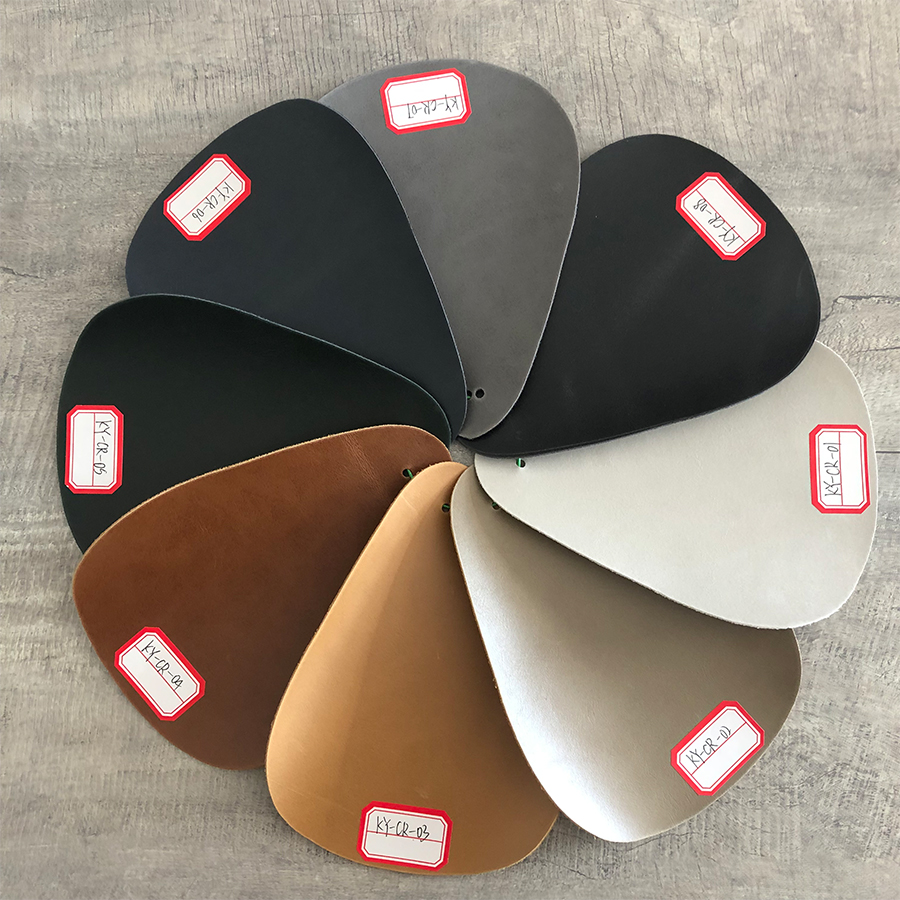 For Shoes&Handbag VII
For Shoes&Handbag VII
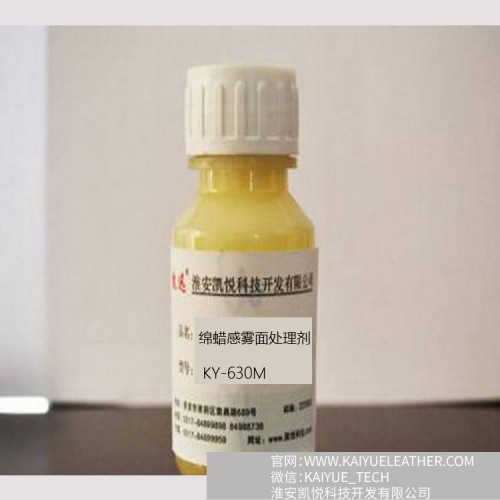 KY-630M Leather surface treatment agent Waxy enough, good blackness
KY-630M Leather surface treatment agent Waxy enough, good blackness
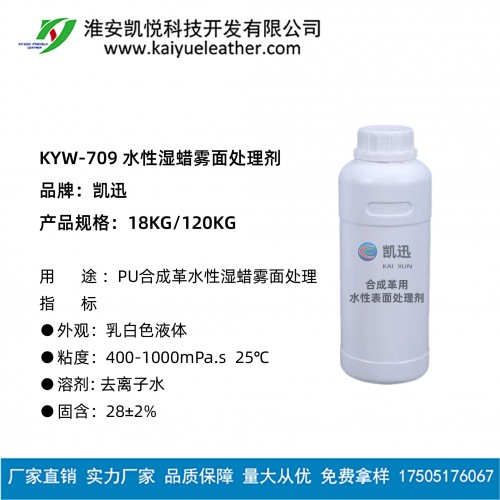 KYW-709 water-based wet wax matte treatment agent
KYW-709 water-based wet wax matte treatment agent
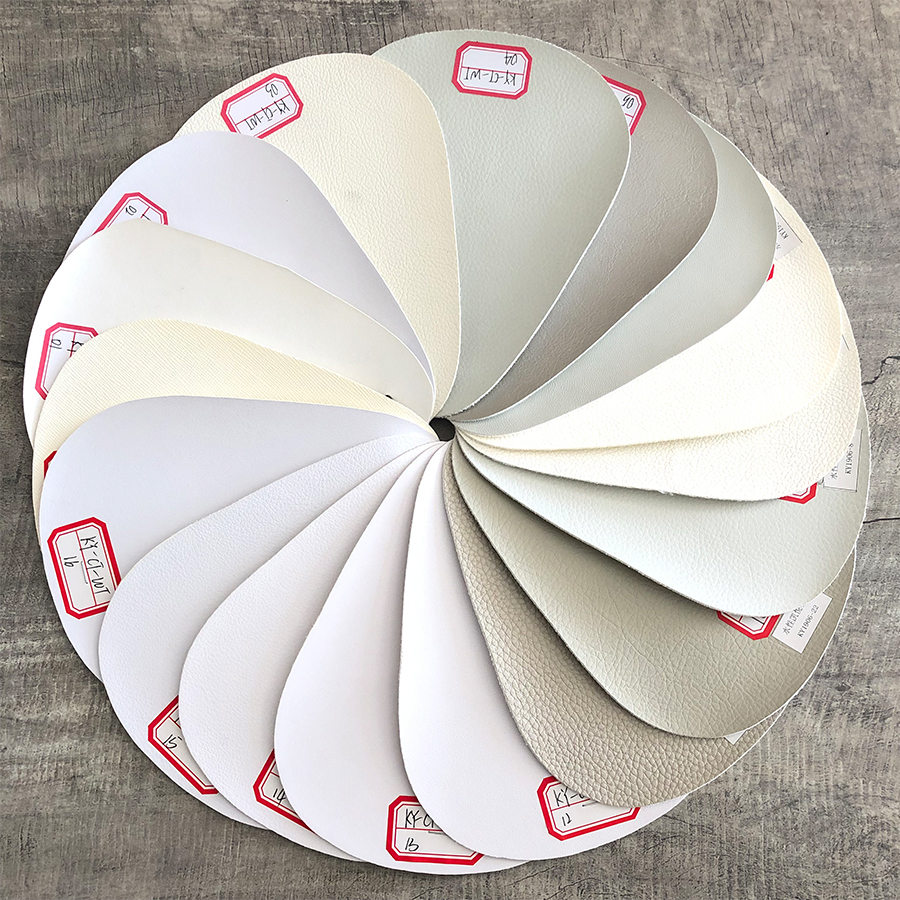 For Handbag&Furniture&Shoes
For Handbag&Furniture&Shoes
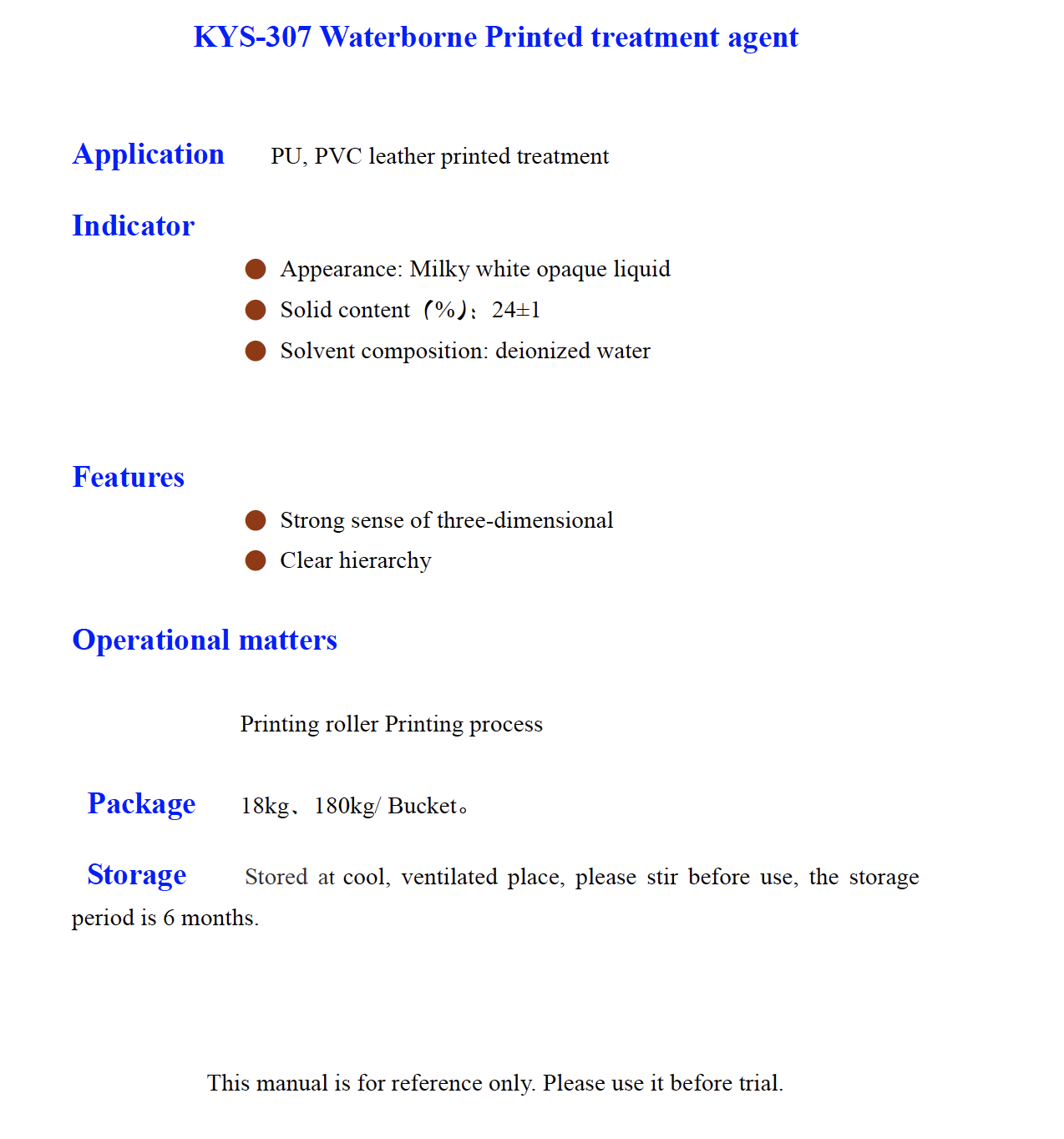 KYS 307 Waterborne Printed treatment agent
KYS 307 Waterborne Printed treatment agent
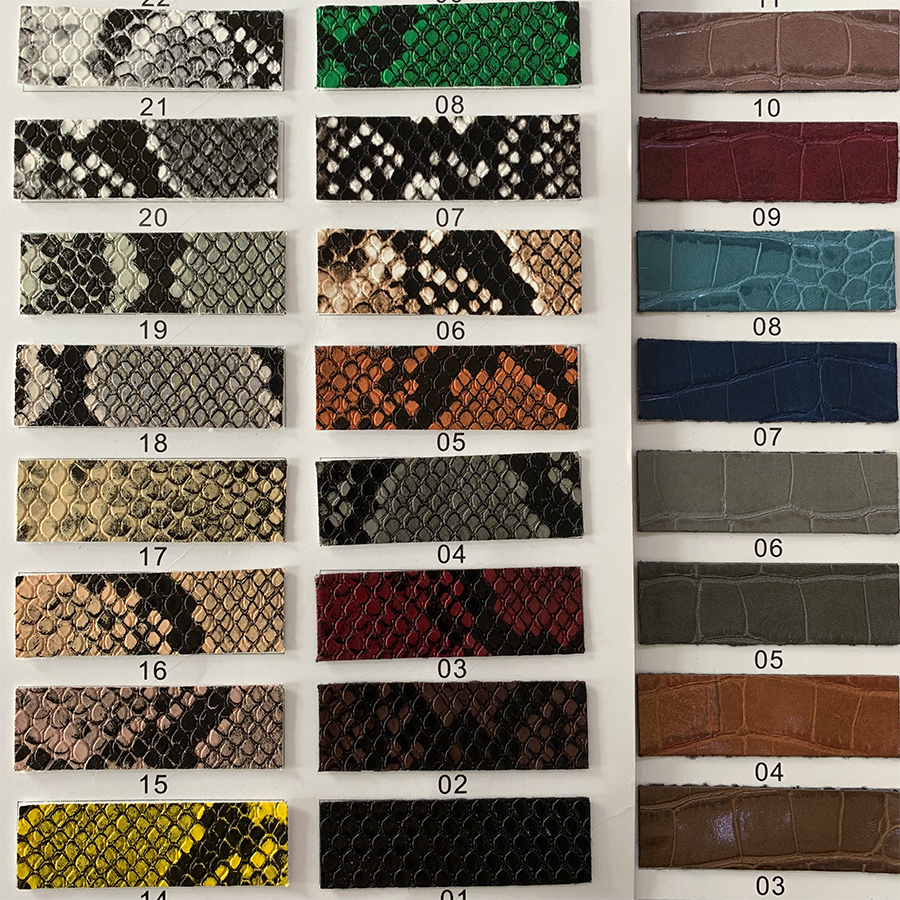 Animal skin embossing
Animal skin embossing
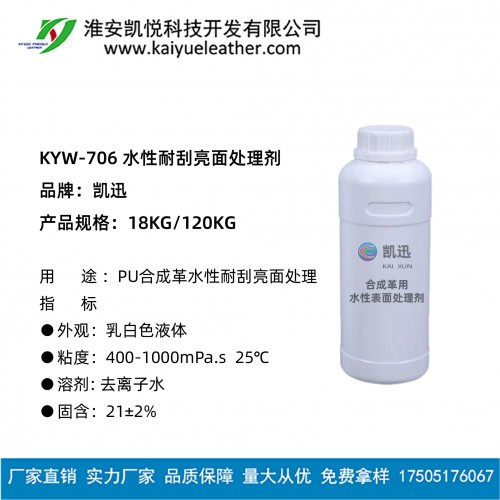 Water-based scratch-resistant matte treatment agent
Water-based scratch-resistant matte treatment agent
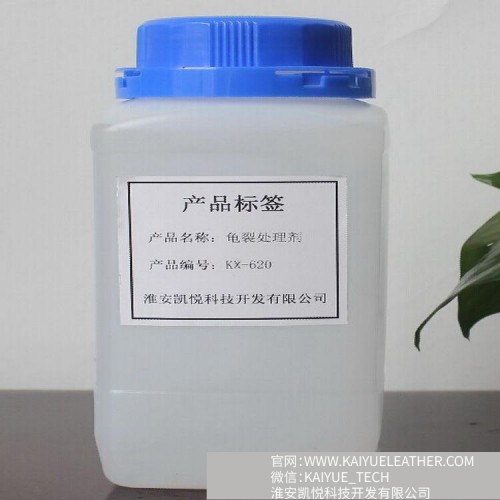 Leather surface cracking treatment agent KX-620 Leather finishing agent Leather chemical industry
Leather surface cracking treatment agent KX-620 Leather finishing agent Leather chemical industry